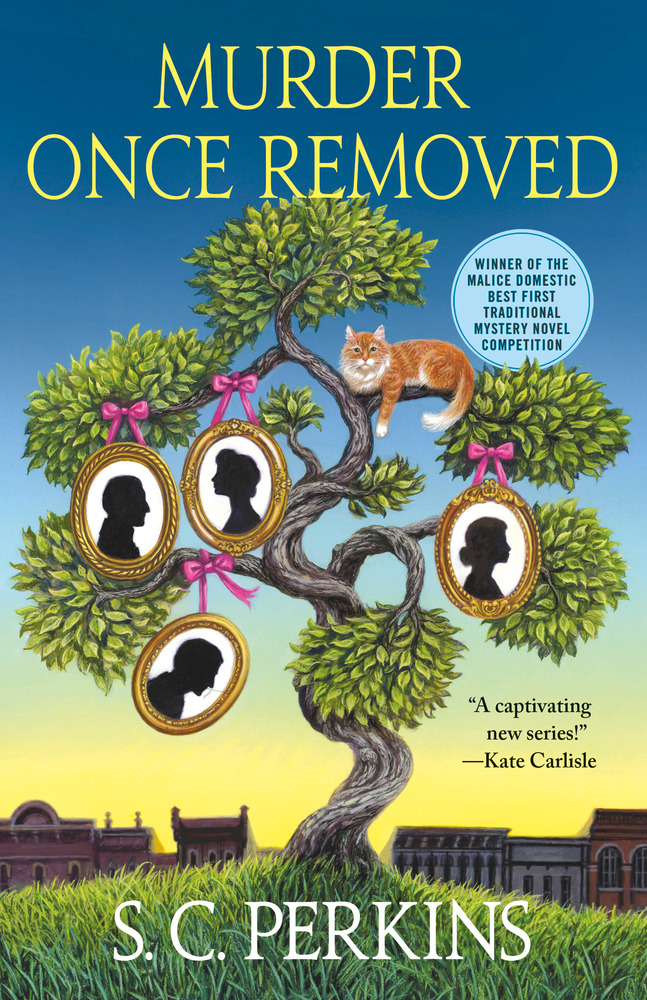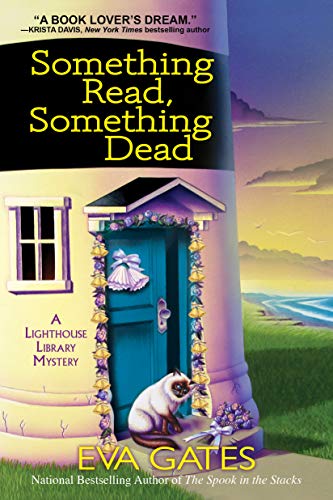Rising, Marsha Hoffman. The Family Tree Problem Solver: Tried-and-True Tactics for Tracing Elusive Ancestors. 3rd edition. Cincinnati: Family Tree Books, 2019.
This review applies to the 3rd edition (2019) of the book. Marsha Hoffman Rising's [The Family Tree Problem Solver] inspired many genealogists to move beyond basic ancestral searches to more meaningful research which meets the genealogical proof standard. Marsha died in 2010, so I was curious why a third edition bearing her name alone was being released. Although it is obvious someone edited the original work to include website addresses and even information about the FamilySearch Wiki and other resources which did not exist during Marsha's lifetime, no one takes credit for these revisions. A chapter about "tree hints" was added by Sunny Morton, a well-known popular press genealogical author, and a chapter on using DNA was written by Diahan Southard, a well-regarded genealogical DNA lecturer. Neither of these chapters lives up to the standards the original author set, weakening the overall book. While care was taken to include web addresses and resources, references to Everton's Genealogical Helper and to the censuses on CD-ROM illustrate a problem in the new edition's editing. Everton's Genealogical Helper suspended operations years ago. While a person might find a clue about someone who researched an individual or family in the past, the contact information, if the query submitter remains alive, may be dated. While a few of us still own some of those CD-ROMs, very few use them. Ancestry, FamilySearch, and other online databases provide the access we need to the censuses. The book needed to be edited more thoroughly, and someone needed to take credit for their editing and revision role with an added author. The chapter on "tree hints" just does not fit the nature of the book. It is too basic of a topic. It remains at the "search" level described by Rising rather than the "research" one. While I appreciated Diahan Southard's comments when she talked about researching specific families, the chapter did not adequately demonstrate using DNA as evidence. Also missing from the chapter was a bibliography of published case studies demonstrating how to use DNA, which Rising would have provided if she were alive. The content originally written by Rising remains valuable although researchers may need to discover resources current researchers use in place of some of those no longer available. This review is based on an advance electronic copy provided by the publisher through NetGalley with expectations of an honest review.






